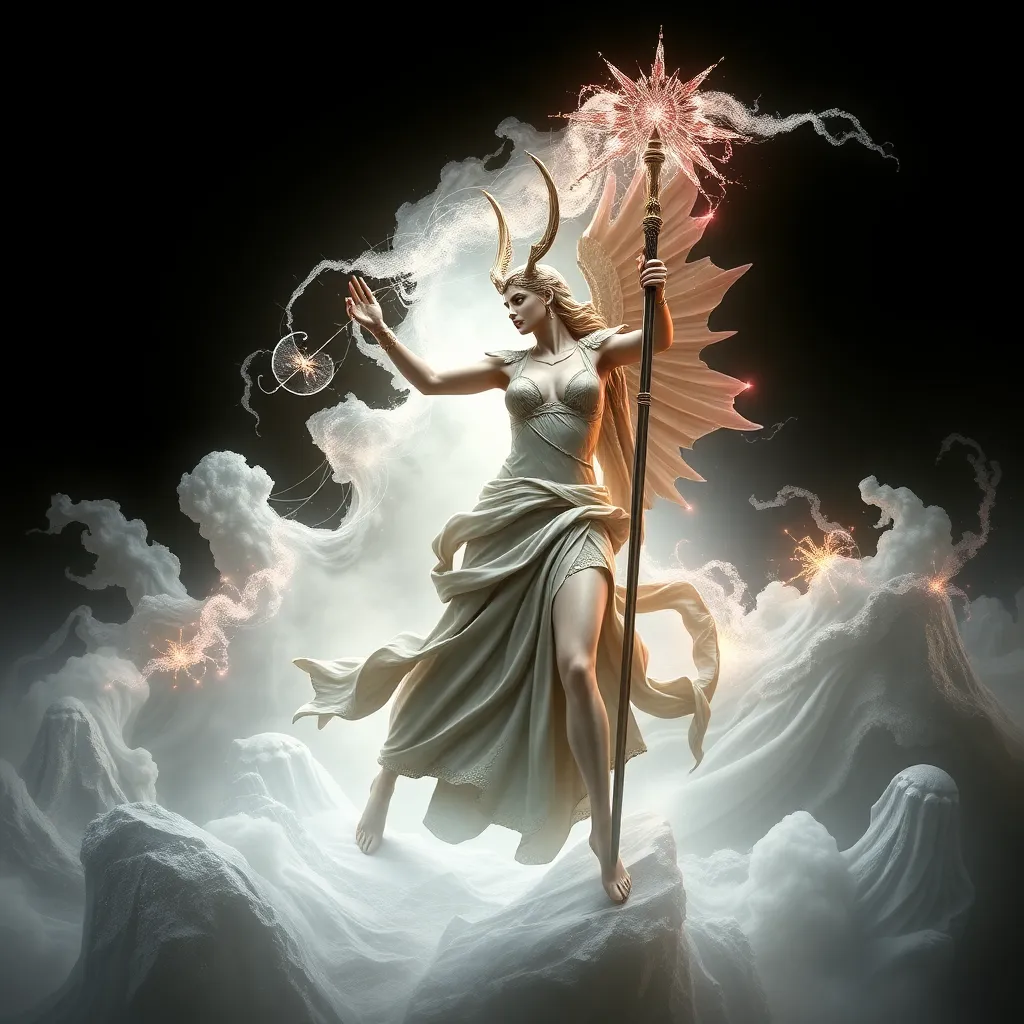Artemis and the Concept of the Protector: Myths Explored
I. Introduction
Artemis, one of the most revered deities of Greek mythology, embodies the spirit of independence, protection, and nature. As the twin sister of Apollo, she holds a significant position among the Olympian gods, representing various aspects of life, including the hunt, wilderness, and fertility. The protector role is a crucial theme in mythological narratives, offering insight into the values and beliefs of ancient cultures. This article aims to explore Artemis’s multifaceted identity as a protector figure, delving into her myths and their implications.
II. The Divine Birth and Early Life of Artemis
The story of Artemis’s birth is a compelling narrative that sets the foundation for her protector identity. According to myth, she was born on the island of Delos, where her mother, Leto, had sought refuge from the wrath of Hera. Leto gave birth to Artemis first, who then assisted in the delivery of her twin brother, Apollo. This unique beginning established Artemis as a figure of support and protection from the outset.
Early attributes associated with Artemis include:
- Strength and independence
- Compassion for the vulnerable
- Connection to the wild and untamed aspects of nature
Her relationship with her mother, Leto, profoundly influenced her identity. Leto’s struggles during pregnancy shaped Artemis’s commitment to protect women, particularly during childbirth, establishing a theme of female solidarity that runs throughout her myths.
III. Artemis as the Goddess of the Hunt
Artemis is often celebrated as the goddess of the hunt, representing not only the thrill of the chase but also the importance of balance within nature. Her role in hunting symbolizes the essential relationship between humans and the wilderness, highlighting both sustenance and respect for the environment.
The symbolism of the hunt in ancient Greek culture reflects several key aspects:
- Survival and sustenance
- Respect for nature and its creatures
- The duality of life and death, where hunting can be seen as both a necessity and a moral challenge
As a protector in this context, Artemis embodies the balance between life and death, ensuring that hunting is conducted with reverence and care for the ecosystem.
IV. Protector of Women and Children
One of the most significant dimensions of Artemis’s protector role is her guardianship over women and children. She is often depicted as a protector of young girls, symbolizing purity and independence. Myths illustrate her protective nature, such as her role in safeguarding the nymphs and young maidens, as well as her involvement in childbirth.
Key themes in her protector image include:
- The significance of virginity and autonomy
- Her fierce defense of those she protects
- Empowerment of women in a male-dominated society
Artemis’s commitment to female autonomy and her role as a protector highlight the importance of women’s rights and the challenges they face, making her a timeless symbol of empowerment.
V. The Connection to Nature and Preservation
In addition to her protective role over women, Artemis is also a fierce guardian of nature and wildlife. Her connection to the natural world is evident in numerous myths where she is depicted alongside animals, emphasizing her role as a protector of the environment.
Myths illustrating her relationship with animals include:
- Her companionship with deer and other wildlife
- Her ability to heal and nurture the creatures of the earth
- Her role in maintaining ecological balance
The modern implications of Artemis’s protector role resonate in ecological discussions, where her image inspires conservation efforts and a deeper understanding of humanity’s relationship with nature.
VI. Conflicts and Challenges Faced by Artemis
Despite her nurturing qualities, Artemis is not without her conflicts. Many myths highlight her confrontations with other gods and mortals, showcasing her fierce protective nature. When her domain is threatened, she responds with vengeance, emphasizing the importance of respect for her space and the creatures within it.
Key themes in her conflicts include:
- Her fierce vengeance against those who disrespect her or her charges
- Justice as a vital aspect of her protector role
- The consequences faced by mortals who challenge her authority
These stories serve as cautionary tales about the importance of honoring the sacred spaces of both nature and the feminine.
VII. Legacy of Artemis in Contemporary Culture
The legacy of Artemis extends far beyond ancient Greece, influencing modern interpretations of women’s empowerment and the protector archetype. In contemporary culture, Artemis is often depicted as a symbol of strength and independence, inspiring various movements advocating for women’s rights.
Representation of Artemis can be found in:
- Literature, where she embodies the archetype of the strong heroine
- Art, showcasing her as a figure of beauty and power
- Pop culture, where her character often reflects the ideals of feminism and environmentalism
The evolution of her protector archetype in modern contexts showcases the ongoing relevance of her myths and the values they represent.
VIII. Conclusion
In summary, Artemis’s multifaceted role as a protector is a testament to her complexity as a deity. From her divine birth to her fierce defense of women, nature, and wildlife, she embodies the ideals of strength, independence, and justice. The enduring relevance of her myths invites us to reflect on the deeper meanings behind protector figures in mythology and their significance in our contemporary world.
As we explore the tales of Artemis, we are reminded of the importance of protection in all forms—whether it be the safeguarding of nature, the empowerment of women, or the pursuit of justice. Understanding these deeper meanings can enrich our appreciation for the myths that have shaped our cultural narratives.




